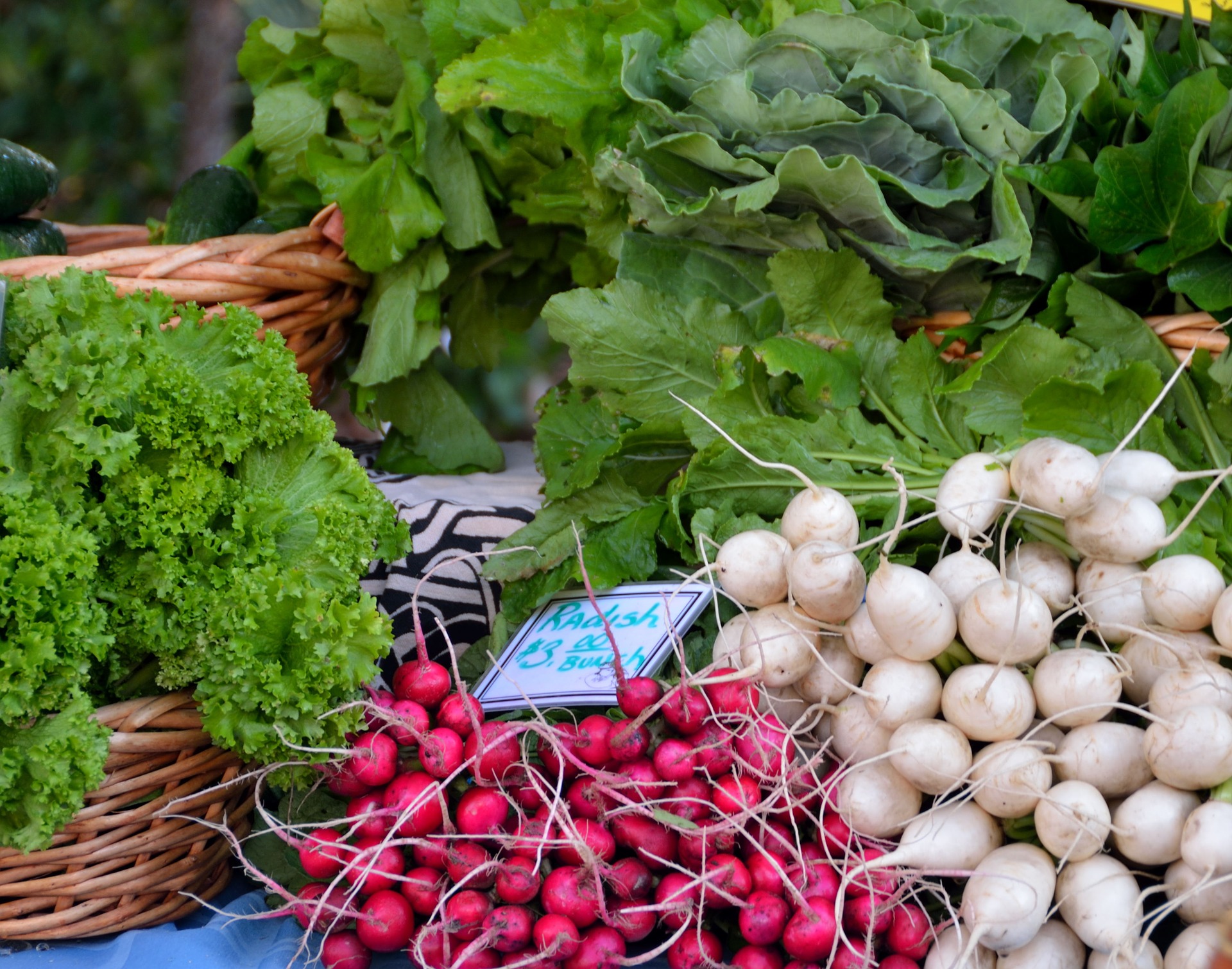
Continue reading Companion Planting Options for your Heirloom / Open Pollinated Vegetable Garden

Continue reading Companion Planting Options for your Heirloom / Open Pollinated Vegetable Garden
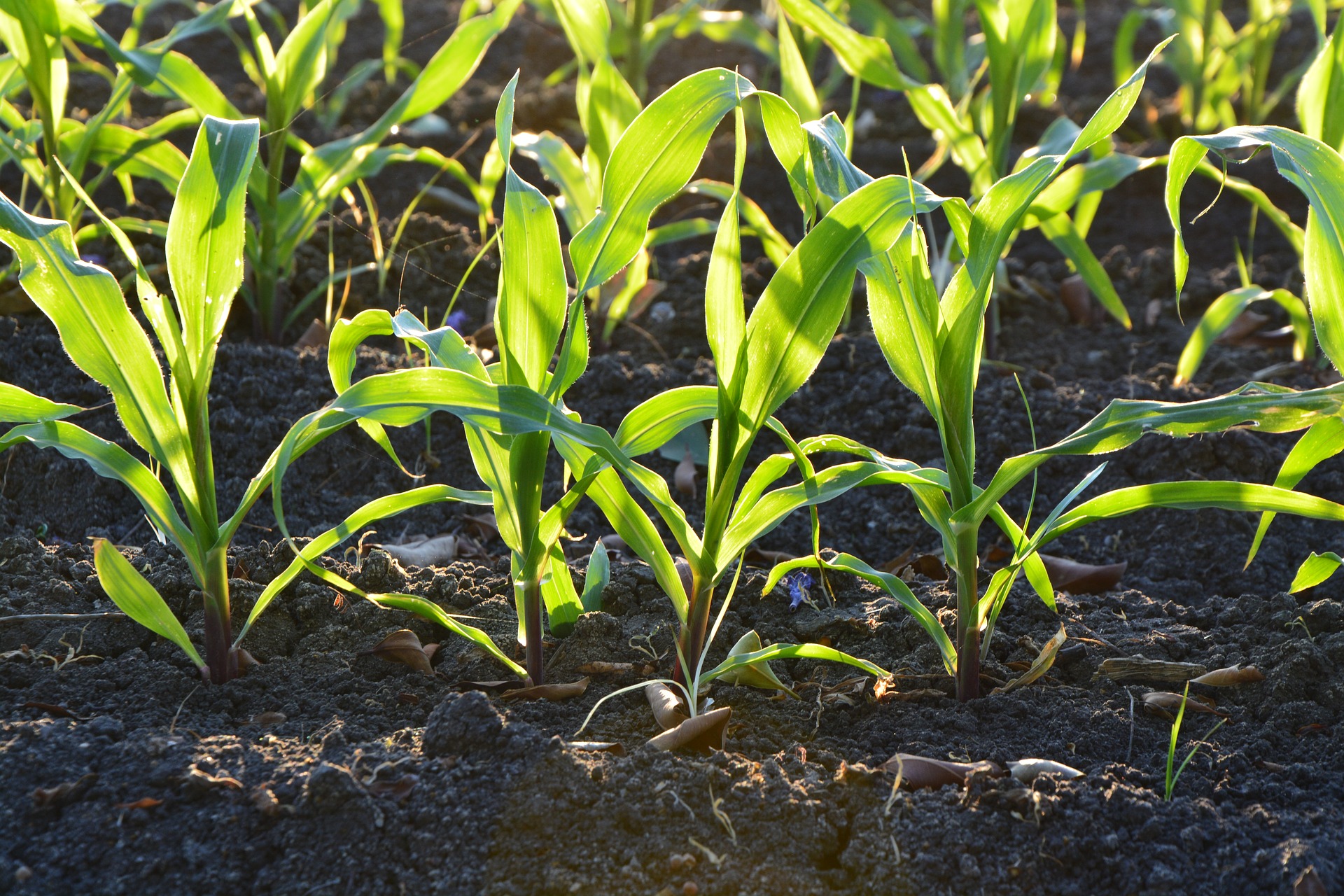

| Crops
Asparagus | Minimum (° F)
50 | Optimum Range (° F)
60-85 | Optimum (° F)
75 | Maximum (° F)
95 |
Continue reading Primary Heirloom Vegetable Garden Plant Food Elements
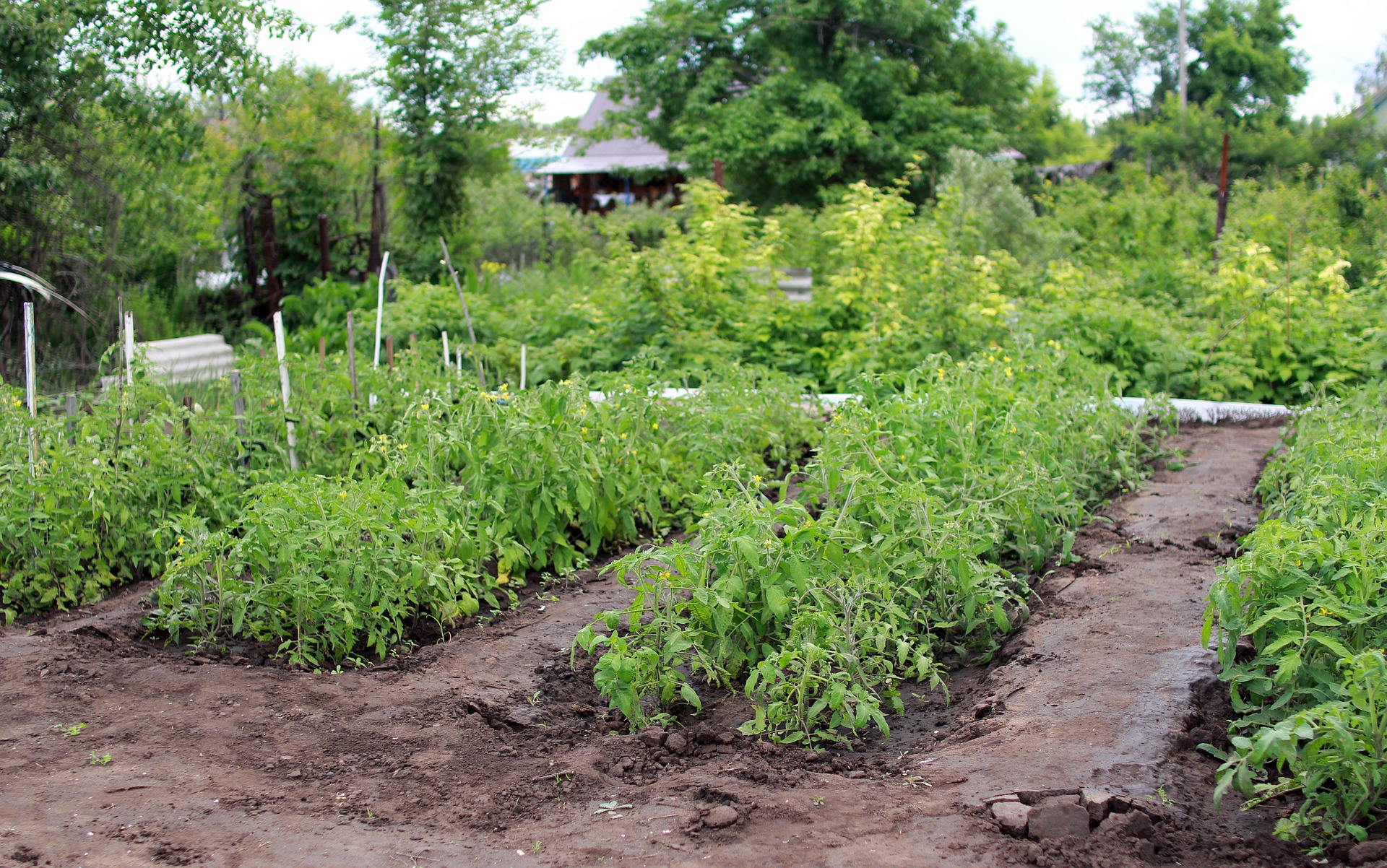
Whether you are an experienced Open Pollinated / Heirloom vegetable gardener or you have finally decided that you are ready to graduate from window boxes, planting a vegetable garden requires planning. A properly planned and planted vegetable garden will naturally resist disease, deter insect pests, and be healthy and hardy. With the spring planting season fast approaching, winter is the ideal time to get started.
Continue reading How to Plan Your Organic Open Pollinated / Heirloom Vegetable Garden
Does rainwater from your neighbor’s property drain onto your Heirloom / Open Pollinated vegetable garden? Is your Heirloom / Open Pollinated Vegetable garden on a slope so that water rushes off and is lost to the vegetable plants, taking soil with it? Is your Heirloom / Open Pollinated vegetable garden on a steep slope where you want to plant perennials, shrubs, or azaleas? If so, you should think seriously of planting on the contour or perhaps building a terrace.
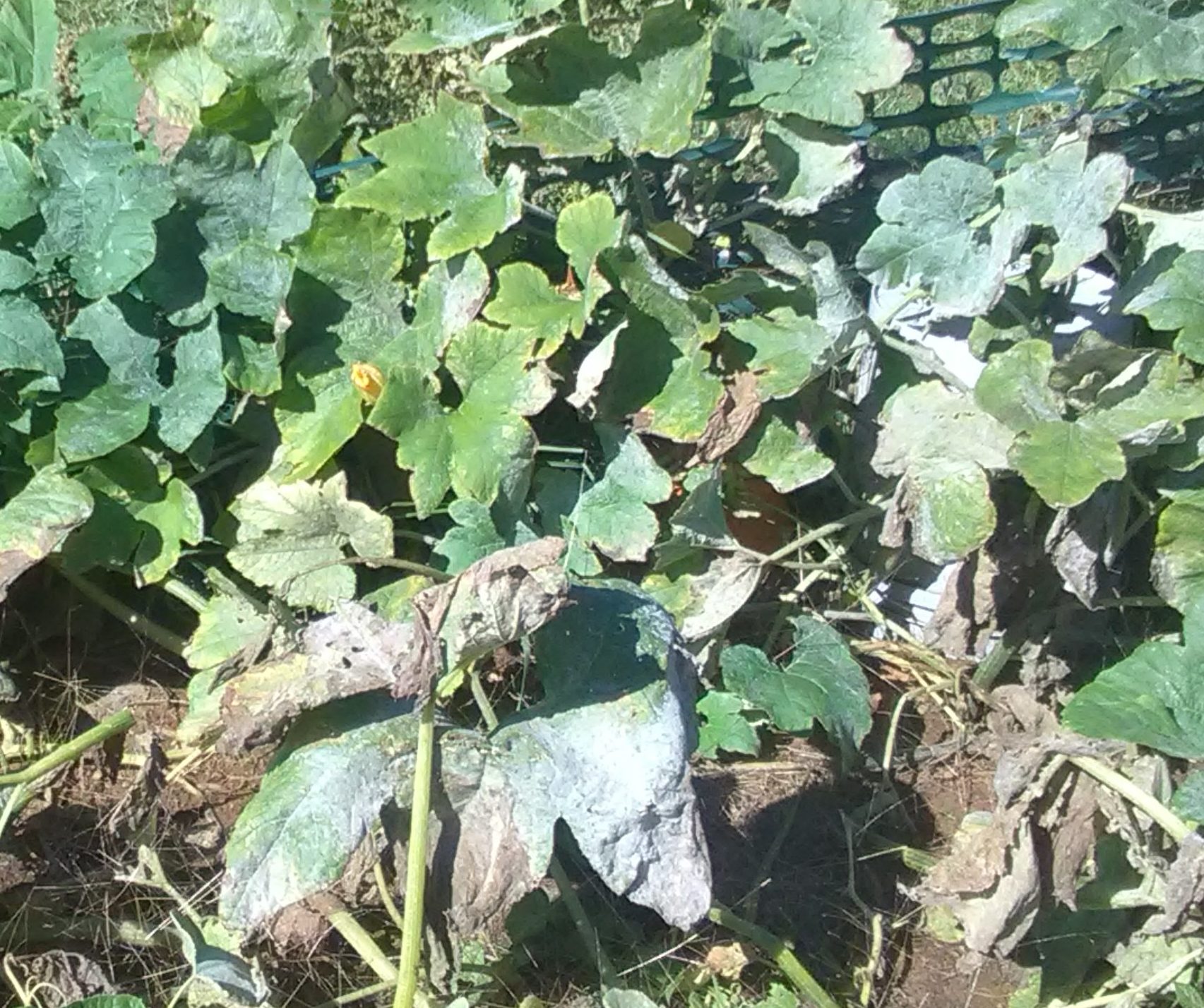
Introduction
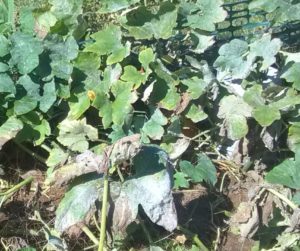 The successful management of both soil borne and foliar diseases requires a multifaceted program, taking into consideration variety selection, cultural methods, biological’s, and chemical applications approved by the Organic Materials Review Institute (OMRI) and certified organic under the United States Department of Agriculture (USDA) National Organic Program (NOP). This review emphasizes the management of foliar disease and serves as a guide to assist growers in selecting strategies to manage disease in a sustainable system.
The successful management of both soil borne and foliar diseases requires a multifaceted program, taking into consideration variety selection, cultural methods, biological’s, and chemical applications approved by the Organic Materials Review Institute (OMRI) and certified organic under the United States Department of Agriculture (USDA) National Organic Program (NOP). This review emphasizes the management of foliar disease and serves as a guide to assist growers in selecting strategies to manage disease in a sustainable system.
Continue reading Organic Management of Vegetable Diseases, Part II:
Most methods of plant-disease control follow one of the six principles summarized by the acronym REPEAT: Resistance, Eradication; Protection, Exclusion, Avoidance, and Therapy. The following is an overview of these principles with an emphasis on methods acceptable in certified organic vegetable production for controlling plant disease caused by soilborne pathogens.
Continue reading Organic Management of Vegetable Diseases Part I:

 Open Pollinated / Heirloom New Zealand spinach is a warm season alternative to regular spinach that does well in hot, dry conditions. Soak seeds in water for 24 hours prior to planting to hasten germination. Seeds should not be planted directly outside until after the last frost date, or start transplants inside 3-4 weeks prior to the last frost. Plant seeds ½ inch deep in loose, fertile soil that has had organic matter incorporated prior to planting. Space plants 3 feet between rows, and every 12 inches after thinning within rows. Although Open Pollinated / Heirloom New Zealand spinach is drought tolerant, water consistently for the best flavor. Fertilize frequently with a high nitrogen fertilizer. Mulches and row covers can help in starting plants outside earlier. Mulches also help with weed control and retaining soil moisture. Leaves should be harvested frequently to encourage new, lush growth. Cut the tips and eat raw or cooked.
Open Pollinated / Heirloom New Zealand spinach is a warm season alternative to regular spinach that does well in hot, dry conditions. Soak seeds in water for 24 hours prior to planting to hasten germination. Seeds should not be planted directly outside until after the last frost date, or start transplants inside 3-4 weeks prior to the last frost. Plant seeds ½ inch deep in loose, fertile soil that has had organic matter incorporated prior to planting. Space plants 3 feet between rows, and every 12 inches after thinning within rows. Although Open Pollinated / Heirloom New Zealand spinach is drought tolerant, water consistently for the best flavor. Fertilize frequently with a high nitrogen fertilizer. Mulches and row covers can help in starting plants outside earlier. Mulches also help with weed control and retaining soil moisture. Leaves should be harvested frequently to encourage new, lush growth. Cut the tips and eat raw or cooked.
Continue reading New Zealand Spinach in the Open Pollinated / Heirloom Garden
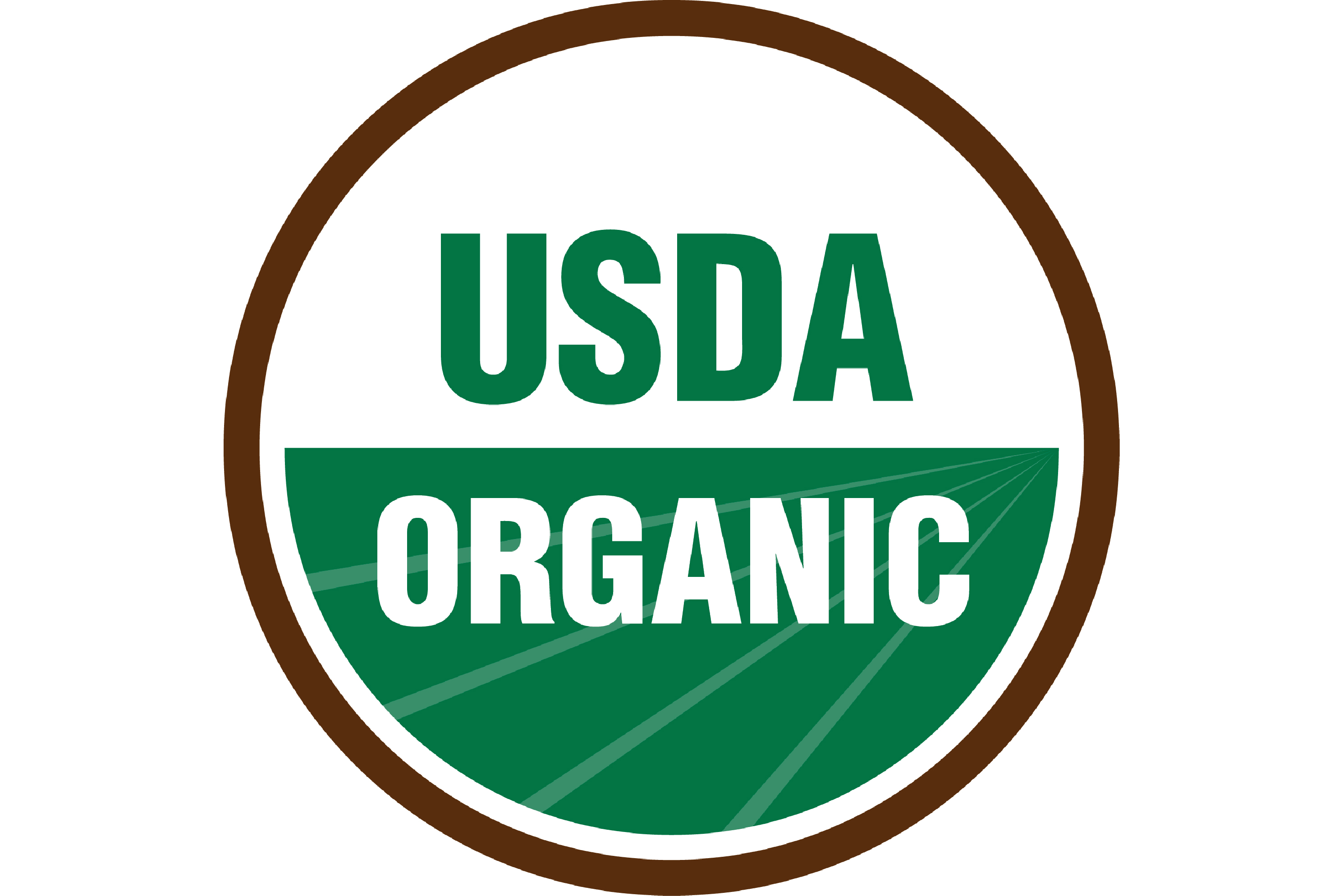
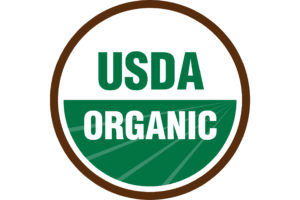
Organic food and other organically produced products are available to consumers in a variety of retail outlets, and the quantity and diversity of organic food and other organically produced products increases every year. The information that appears on an organic label is variable and depends on the percent of certified ingredients, as well as the manufacturer’s or supplier’s desire to advertise the product as organic. Thus, organic product labels can be difficult for consumers to interpret. In addition, many consumers lack a clear understanding of the regulatory significance of products bearing the United States Department of Agriculture’s “USDA Organic” label.
Nematodes are usually microscopic in size and are classified as unsegmented worms, belonging to the Phylum Nematoda. Plant-parasitic nematodes are a concern for growers of agricultural or Open Pollinated / Heirloom vegetable garden crops. These plant-parasitic nematodes will mainly feed on the roots of plants. A few kinds will feed on foliage but this not common. Many other kinds of nematodes are present in the soil as well. These include decomposers, predators, insect parasites, and animal parasites. Some nematodes are aquatic and do not affect terrestrial plants. Other nematodes act as decomposers, predators, and insect parasites. In farming systems, nematode predators and parasites of insects are beneficial, while nematode parasites of animals and plants are considered pests in agriculture. Beneficial nematodes that
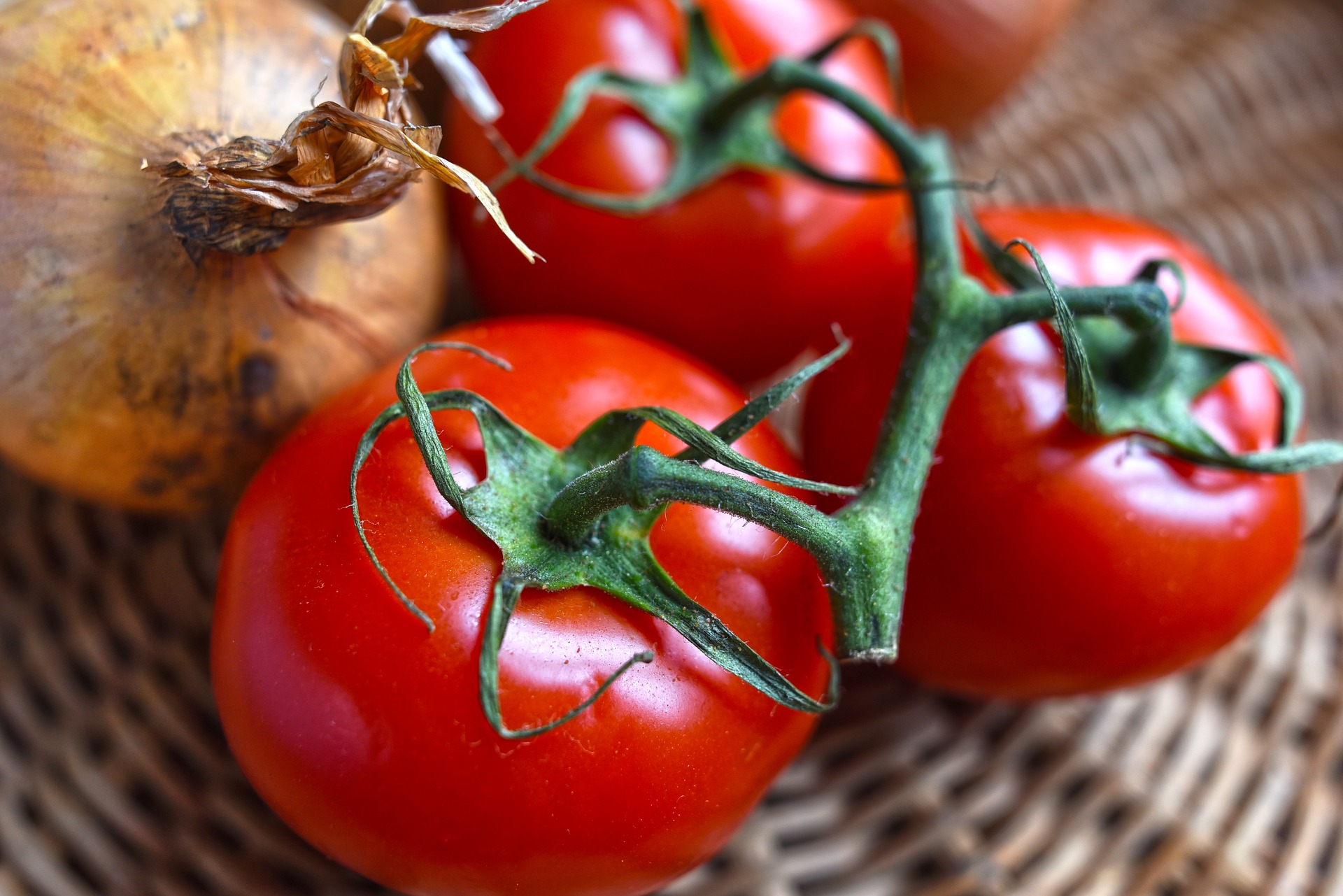
Open Pollinated / Heirloom Tomatoes are one of the most popular vegetables grown in home gardens. Open Pollinated / Heirloom Tomatoes grow under a wide variety of conditions with a minimum of effort, and they require relatively little space for a large production. Of tropical American origin, tomatoes do not thrive in very cool weather. They are suited to spring, summer, and autumn culture over most of the North and upper South, and they will grow in winter in the extreme South. Each Open Pollinated / Heirloom tomato plant may be expected to yield 8 to 10 pounds of fruit. The number of tomato plants needed will depend on the size of your family. To spread the Open Pollinated / Heirloom tomato, to harvest over the growing season, stagger planting dates at 2 to 3 week intervals.
Continue reading Growing Open Pollinated / Heirloom Tomatoes in the Home Vegetable Garden
Blossom end rot is a non-parasitic disease affecting Open Pollinated / Heirloom tomato, pepper, and watermelon fruit. Fruits are usually affected when about one-third or more grown, but the disease can occur during any growth stage of the fruit. Losses caused by blossom end rot vary from negligible to severe.
Continue reading Blossom End Rot in Open Pollinated / Heirloom Garden Vegetables
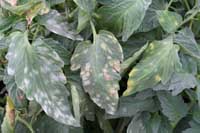
Powdery mildew on Tomatoes, caused by the fungus Leveillula taurica, occurs infrequently in home gardens. However, the disease can be very devastating in commercially-grown tomatoes where yield losses may exceed 50% in heavily infected fields. The extent of loss depends on environmental conditions, date of disease onset, and effectiveness of fungicide control. Hot, dry days with an occasional rainstorm are conducive to disease development.
Hot beds and cold frames are used by Heirloom / Open Pollinated vegetable gardeners for propagating vegetables for the garden. Hot beds are used for starting the Heirloom / Open Pollinated vegetable plants and cold frames for tempering or hardening vegetable plants to outdoor conditions before transplanting. For most home vegetable gardeners the same frame can serve both purposes. The principle difference between the two is that hot beds have a heat source. Traditionally, hot beds and cold frames were built even with or slightly below ground level and covered by glass sash. Present-day frames are often completely above ground and plastic covered because film is generally available at a reasonable cost.
Root rots, damping-off before and after seedling emergence, and seed rots are destructive diseases of Heirloom / Open Pollinated green, snap, lima, and dry beans. These diseases are caused primarily by soil borne fungi. Significant losses may occur to susceptible varieties, especially if cool, wet weather conditions prevail for the first few weeks after vegetable seeding and then are followed by hot, dry weather. Disease incidence and severity often vary greatly, even in areas with a history of root rot. In the same Heirloom / Open Pollinated vegetable growing season, it is not uncommon to lose a Heirloom / Open Pollinated vegetable crop completely and then re-seed and experience no problems. This situation results from changes in biological, environmental, and soil conditions. Since there are no commercially acceptable resistant varieties, vegetable growers should learn how to recognize these diseases and use a combination of management practices to minimize potential losses.
Continue reading Damping-off and Root Rot of Heirloom / Open Pollinated Beans in your Garden
A windbreak can be used to conserve soil moisture in your Open Pollinated / Heirloom vegetable garden or to keep the wind from blowing the vine plants around. Use a material that casts low shade while filtering wind is ideal. This simple version uses wood snow fencing, which is inexpensive, easy to install and remove, and may be attractive enough to leave up year-round.
Continue reading Build a Snow Fence Windbreak for you Open Pollinated / Heirloom Vegetable Garden
Continue reading Some Open Pollinated / Heirloom Garden Vegetables Like It Hot
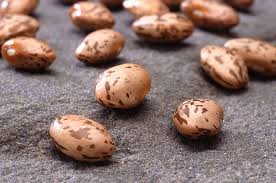 If you have leftover vegetable seeds or you want to save your seeds from your Heirloom Open Pollinated plants from your vegetable garden this year, you'll need to store them properly to ensure good germination.
If you have leftover vegetable seeds or you want to save your seeds from your Heirloom Open Pollinated plants from your vegetable garden this year, you'll need to store them properly to ensure good germination.
Making a Broom Corn broom requires practice, but anyone can make one with a little bit of practice. The secret is to bind the stems together as tightly as you can, which is best done with the help of a handy doorknob. You can use a straight stick or dowel rod for the handle. Or you could even use a straight branch for your broom handle.
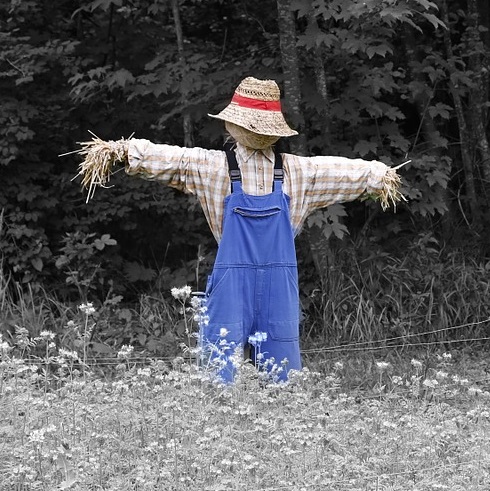

Scarecrows have been scaring birds away, or, in some cases amusing them, for as long as man has grown crops. Some say these whimsical creatures were first used by tribes in central or northern Europe; others claim that Indians were the first to employ them. Wherever the origin, the scarecrow has been used on farms and in Open Pollinated / Heirloom vegetable gardens across the country for many years.
Continue reading How to Make a Scarecrow for your Open Pollinated / Heirloom Vegetable Garden
By putting an organic mulch in your Heirloom vegetable garden, you’ll save hours of time each year. You should apply a layer of wood chips, grass clippings, shredded bark, sawdust, or pine needles in your vegetable garden because:
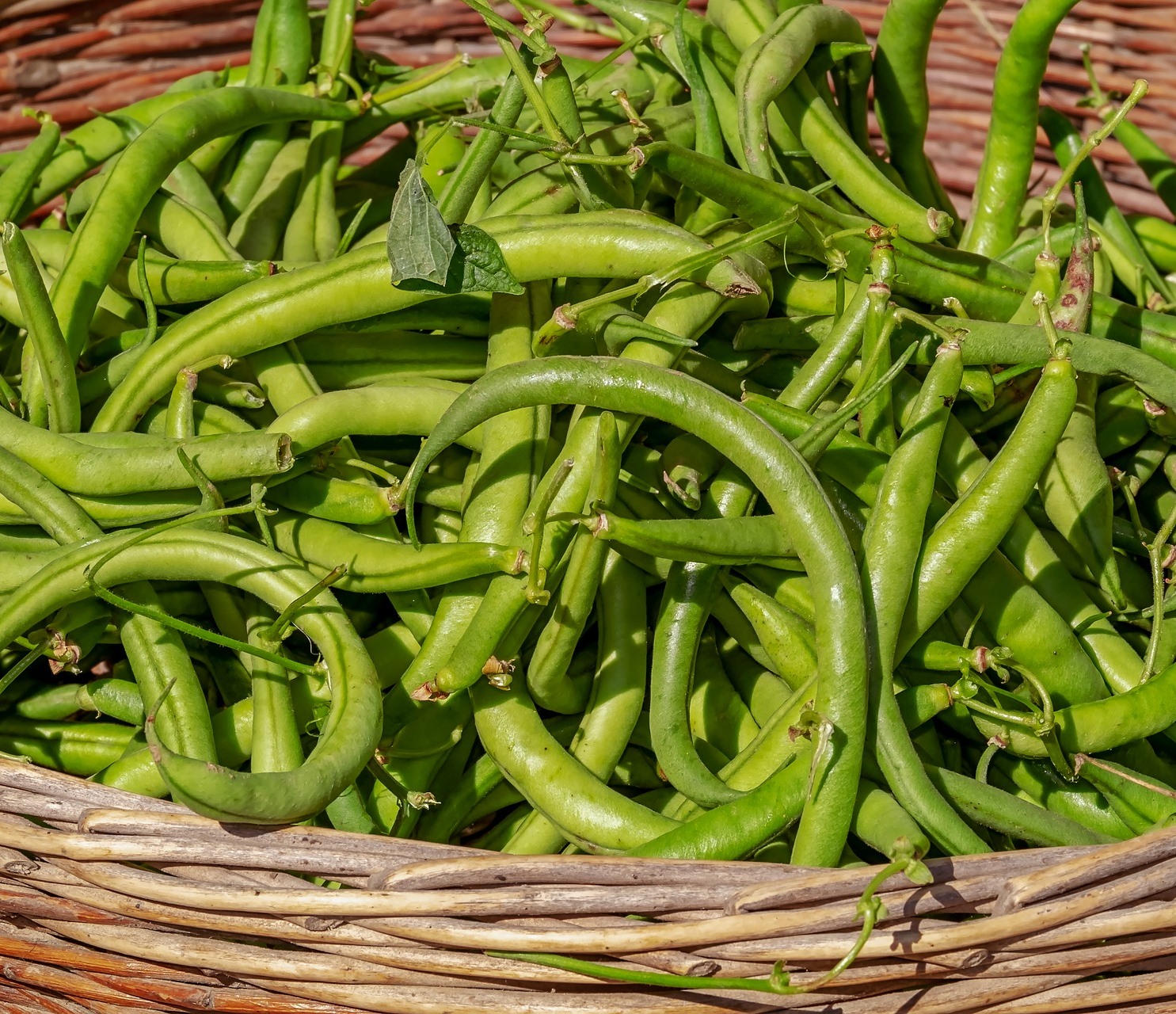
 |  |  |  |  |
| Phaseolus vulgaris – Leguminosae or Fabaceae (Pea Family) | ||||
| Beans are a crop that grow well in warm weather, so wait until after your last frost date to plant. If the soil is too cold the bean seeds will just sit in the ground and rot. Plan an average of ten to fifteen plants per person. Cold, wet weather can bring about disease. To prevent disease don’t touch healthy Bean plants after working with diseased ones and try not to touch them when there wet. Most dried beans whether bush or semi-vining, require long growing seasons. To direct-sow them plant 1” deep and space them about 6” apart. Beans are very high in protein. Like other legumes, soybeans and cowpeas are excellent green manure crops that enrich soil with organic matter and nitrogen. Some people plant a crop of soybeans just to till them under to add organic matter to there soil. | ||||

 |  |  |  |  |
There are many factors along the way that can affect a heirloom tomato’s quality such as watering, fertilizing, ripeness when picking, and storage and handling factors. Two mistakes often made when heirloom tomatoes make it into the kitchen is refrigerating them or leaving them on a sunny windowsill to ripen (only tomato plants need full sun; harvested fruit does not). Both of these practices will degrade flavor.